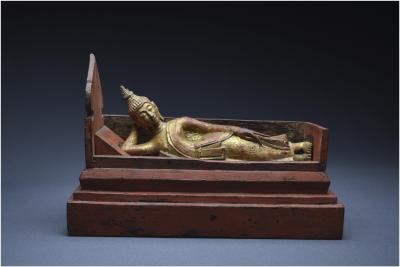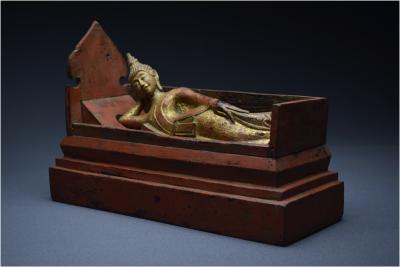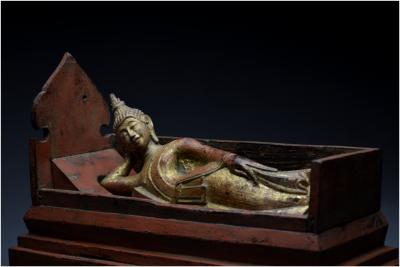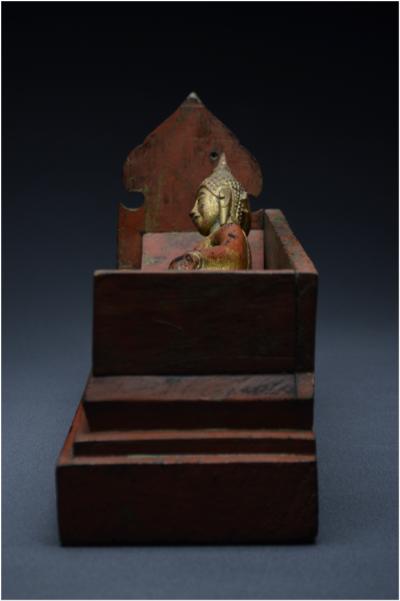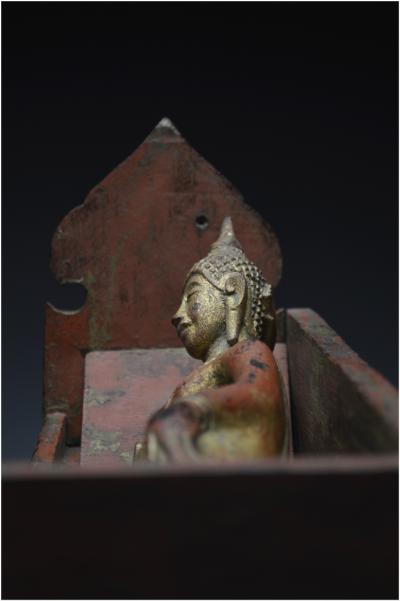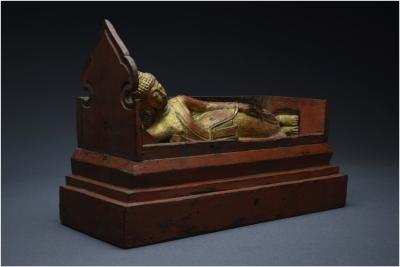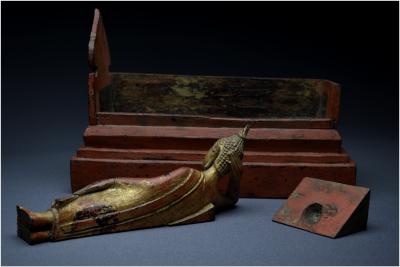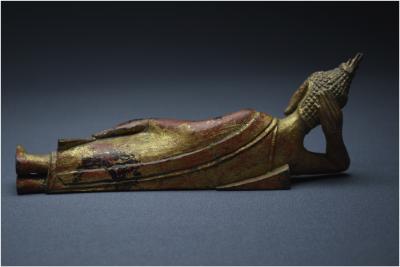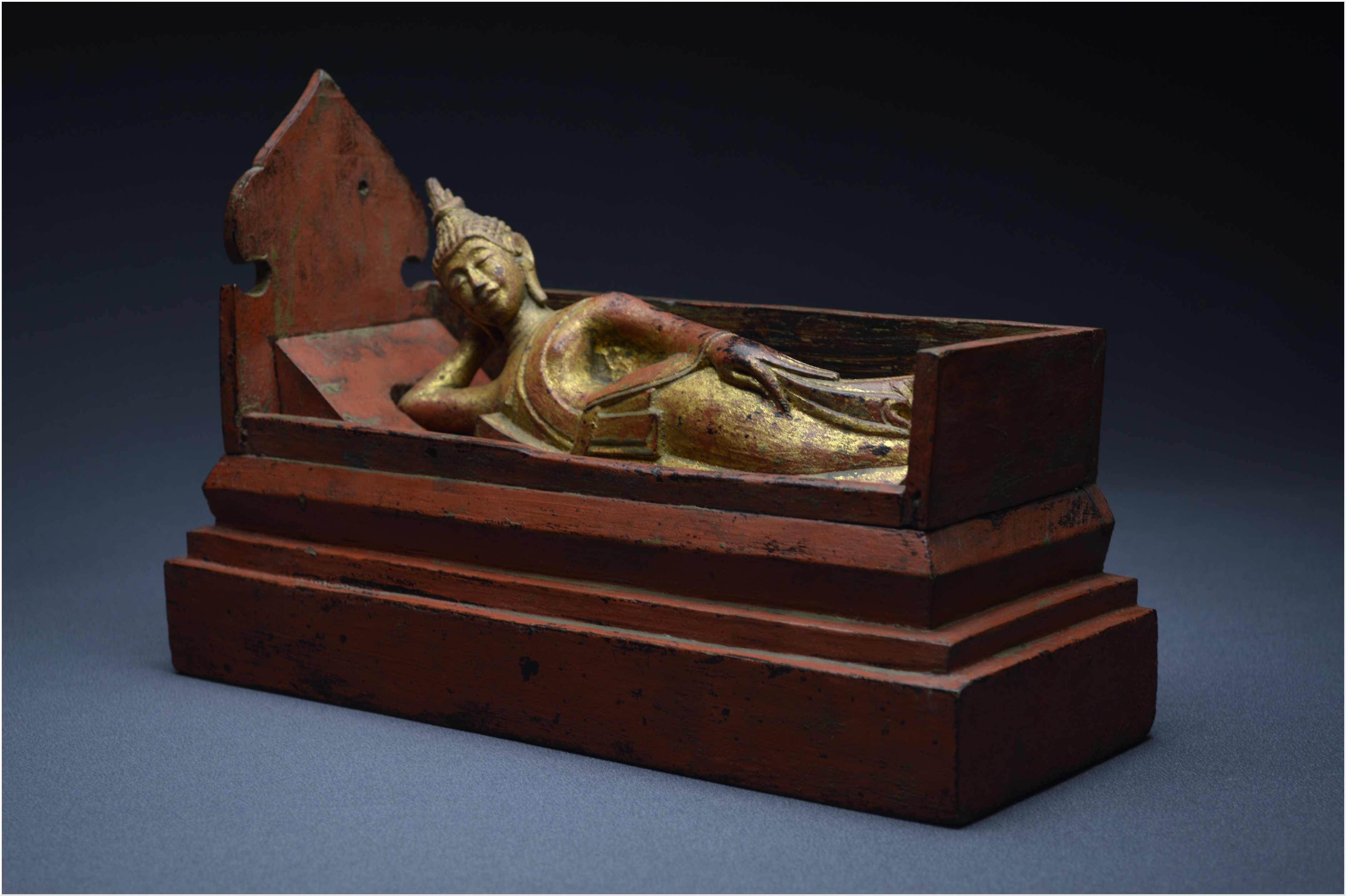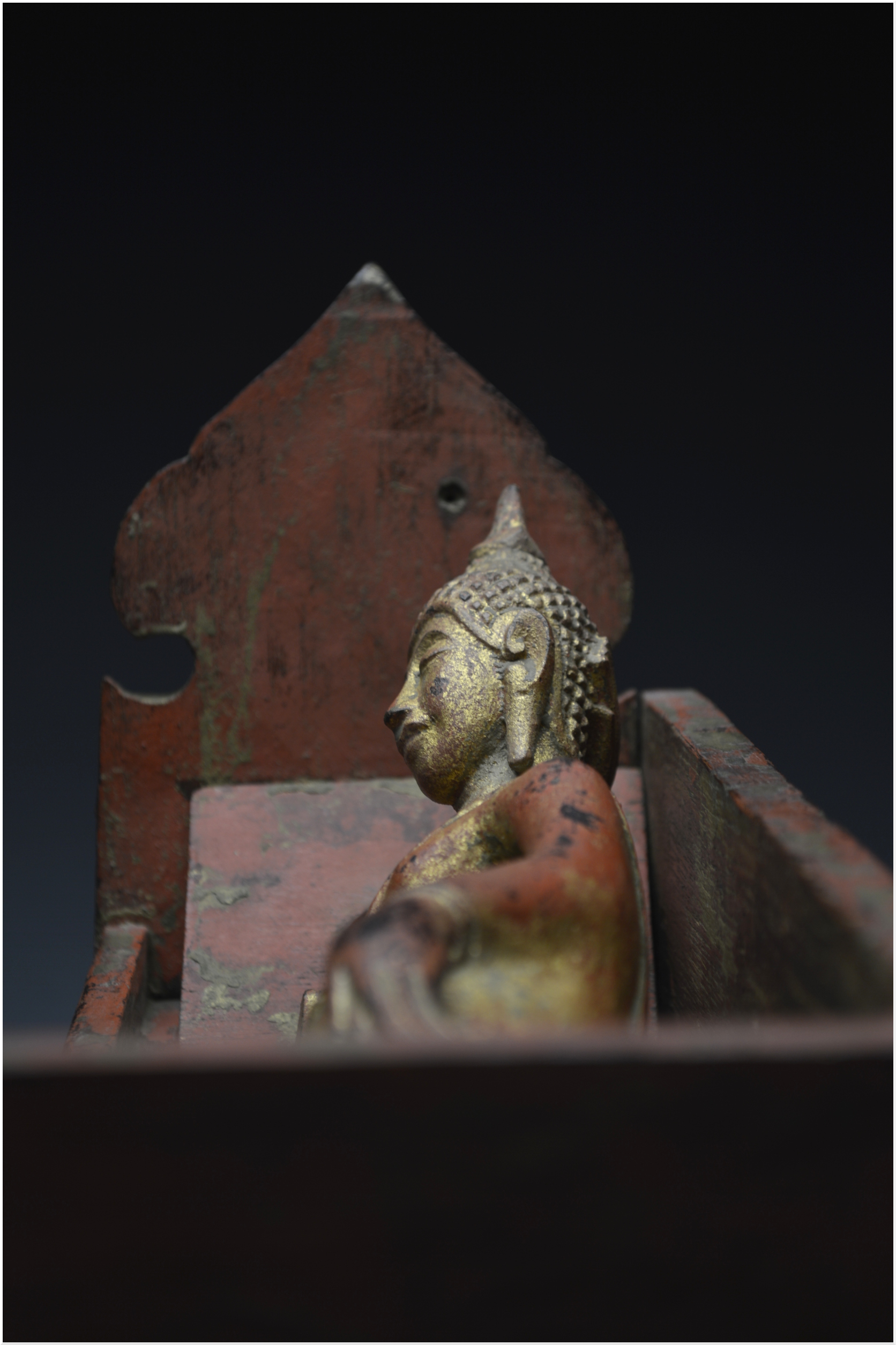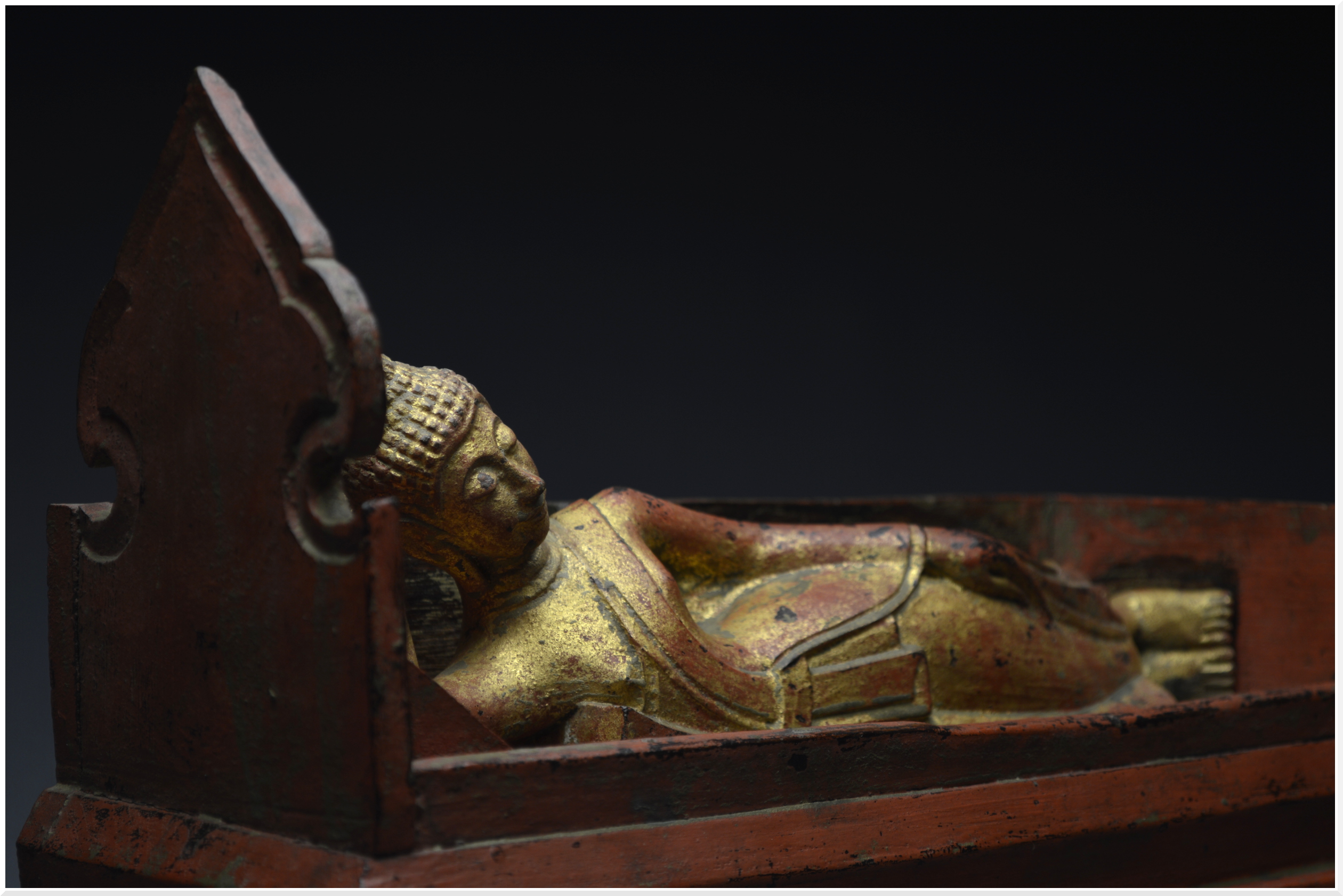Retour
Den gesamten Katalog ansehen
-
- Alex Katz(1)
- Alexander Calder(22)
- André Derain(85)
- Andy Warhol(22)
- Antoni Tapiès(17)
- Arman(32)
- Aurélie Nemours(1)
- Bengt Lindström(9)
- Bernard Buffet(197)
- César(9)
- Charles Eames(1)
- Charlotte Perriand(17)
- Claude Weisbuch(27)
- Corneille van Beverloo(10)
- Eduardo Chillida(9)
- François Morellet(1)
- Georges Braque(77)
- Gustav Klimt(5)
- Hans Bellmer(17)
- Hans Hartung(22)
- Henri Matisse(146)
- Hervé Télémaque(7)
- Jacques Villeglé(5)
- Jean Cocteau(230)
- Jean Hélion(8)
- Jean Miotte(9)
- Jean Picart Le Doux(2)
- Joan Miro(112)
- Karel Appel(1)
- Keith Haring(11)
- Ladislas Kijno(2)
- Léonard Tsugouharu Foujita(49)
- Leonor Fini(106)
- Louis Toffoli(6)
- Marc Chagall(330)
- Marie Laurencin(45)
- Maurice de Vlaminck(82)
- Maurice Utrillo(14)
- Max Ernst(34)
- Mimmo Rotella(4)
- Niki de Saint Phalle(4)
- Pablo Picasso(391)
- Peter Klasen(4)
- Philippe Pasqua(3)
- Pierre Alechinsky(32)
- Pierre Soulages(36)
- Pierre Tal-Coat(4)
- Pierre-Yves Trémois(26)
- Raoul Dufy(49)
- Robert Combas(9)
- Salvador Dali(381)
- Théo Tobiasse(5)
- Tony Soulié(2)
- Valério Adami(35)
- Yves Brayer(41)
- Zao Wou-Ki(8)
Top Künstler -
-
Retour
Den gesamten Katalog ansehen
-
- Alex Katz(1)
- Alexander Calder(22)
- André Derain(85)
- Andy Warhol(22)
- Antoni Tapiès(17)
- Arman(32)
- Aurélie Nemours(1)
- Bengt Lindström(9)
- Bernard Buffet(197)
- César(9)
- Charles Eames(1)
- Charlotte Perriand(17)
- Claude Weisbuch(27)
- Corneille van Beverloo(10)
- Eduardo Chillida(9)
- François Morellet(1)
- Georges Braque(77)
- Gustav Klimt(5)
- Hans Bellmer(17)
- Hans Hartung(22)
- Henri Matisse(146)
- Hervé Télémaque(7)
- Jacques Villeglé(5)
- Jean Cocteau(230)
- Jean Hélion(8)
- Jean Miotte(9)
- Jean Picart Le Doux(2)
- Joan Miro(112)
- Karel Appel(1)
- Keith Haring(11)
- Ladislas Kijno(2)
- Léonard Tsugouharu Foujita(49)
- Leonor Fini(106)
- Louis Toffoli(6)
- Marc Chagall(330)
- Marie Laurencin(45)
- Maurice de Vlaminck(82)
- Maurice Utrillo(14)
- Max Ernst(34)
- Mimmo Rotella(4)
- Niki de Saint Phalle(4)
- Pablo Picasso(391)
- Peter Klasen(4)
- Philippe Pasqua(3)
- Pierre Alechinsky(32)
- Pierre Soulages(36)
- Pierre Tal-Coat(4)
- Pierre-Yves Trémois(26)
- Raoul Dufy(49)
- Robert Combas(9)
- Salvador Dali(381)
- Théo Tobiasse(5)
- Tony Soulié(2)
- Valério Adami(35)
- Yves Brayer(41)
- Zao Wou-Ki(8)
Top Künstler -
-
Mein Konto anlegen
StartseiteKatalogAsiatische KunstAntikes Königreich Siam, 19. Jahrhundert, Darstellung eines liegenden Buddhas aus lackiertem und vergoldetem Holz
Antikes Königreich Siam, 19. Jahrhundert, Darstellung eines liegenden Buddhas aus lackiertem und vergoldetem Holz
Altes Königreich Siam 19. Jahrhundert Liegender Buddha Lackiertes und vergoldetes Holz 29,7 x 19,6 cm für das Ganze Übliche Abnutzung Europäische Privatsammlung Der Buddha wird in der Parinirvâna-Position dargestellt, auf der rechten Seite liegend, der gebeugte Ellbogen ruht auf einem Kissen, der linke Arm ruht auf dem Körper, der Kopf sanft auf der rechten Hand platziert. Er ist in Sangathi und Uttarasangha gekleidet, die auf dem Körper liegen, wobei die rechte Schulter unbedeckt bleibt und ein Teil des Stoffes auf der linken Schulter bis zur Mitte des Oberschenkels reicht. Die beiden Füße sind zusammen, die Hände haben lange, schlanke Finger. Das Gesicht ist von großer Fülle und zeichnet sich durch breite, halbkreisförmige Augenbrauenbögen aus, die sich am Nasenansatz treffen. Letztere wird von großen, halbgeschlossenen, mandelförmigen Augen umrahmt, und der Mund mit dünnen Lippen zeichnet ein diskretes Lächeln. Der mit einer Vielzahl kleiner Stacheln bedeckte Schädel wird von der Ushnisha (Schädelausstülpung) gekrönt, aus der ein hohes Flammenornament (Rasmi) und große Ohren mit aufgeblähten Lappen entspringen. In der buddhistischen Tradition ist Parinirvana die Bezeichnung für das vollständige Nirvana, das zur völligen Befreiung aus dem Kreislauf von Tod und Wiedergeburt sowie zur Auflösung aller mentalen Aggregate (Form, Gefühl, Wahrnehmung, mentale Erfindungen und Bewusstsein) führt. . Für den historischen Buddha (Siddharta Gautama) fand das Parinirvâna in Kushinagar im heutigen Bundesstaat Uttar Pradesh in Indien statt. °°° Beachten Sie, dass das Ganze einen helleren Farbton hat, als die digitale Bearbeitung des Bildes vermuten lässt °°°
Abmessungen :
- Höhe : 19.6 cm cm
- Breite : 29.7 cm cm
Abmessungen :
- Höhe : 19.6 cm cm
- Breite : 29.7 cm cm
Diese Anleitung wurde automatisch übersetzt.. Hier klicken um die Originalversion zu sehen EN
Ancient Kingdom of Siam 19th century Reclining Buddha Lacquered and gilded wood 29.7 x 19.6 cm for the set Wear and tear European private collection The Buddha is represented in the position of Parinirvana, lying on his right side, his elbow bent and supported by a cushion, his left arm resting on his body, his head delicately placed on his right hand. He is dressed in the sangathi and the uttarasangha pressed against his body, leaving his right shoulder uncovered, a piece of cloth placed on his left shoulder extending to mid-thigh. His two feet are joined, his hands showing long, slender fingers. The face is very full and is characterized by wide semi-circular eyebrows meeting at the base of the nose, the latter framed by large, half-closed almond-shaped eyes, the mouth with thin lips sketching a discreet smile. The skull covered with a multitude of small spikes is topped by the ushnisha (cranial protuberance) from which springs a high flamed ornament (rasmi), large ears with distended lobes. In the Buddhist tradition, Parinirvana is the designation of complete Nirvana, that which leads to total liberation from the cycle of death and rebirth as well as the dissolution of all mental aggregates (form, feeling, perception, mental fabrications and consciousness). For the historical Buddha (Siddhartha Gautama), Parinirvana occurred at Kushinagar in the present-day state of Uttar Pradesh in India. °°° Note that the whole has a lighter tint than the digital processing of the image suggests °°°
-
Erstellen Sie eine Benachrichtigung
Erstellen Sie eine Benachrichtigung
Sie können auch kostenlose Benachrichtigungen erstellen, um benachrichtigt zu werden, wenn ein ähnlicher Artikel zum Verkauf angeboten wird.
Verkauft
"Dieser Artikel ist nicht verfügbar. Klicken Sie auf ""Katalog anzeigen"", um ähnliche verfügbare Objekte anzusehen"
Hotline
Rufen Sie uns jederzeit an, wenn Sie Fragen haben
Weitere Objekte der Kategorie « Skulturen »
Dies dürfte Ihnen ebenfalls gefallen
Eine Frage stellen
